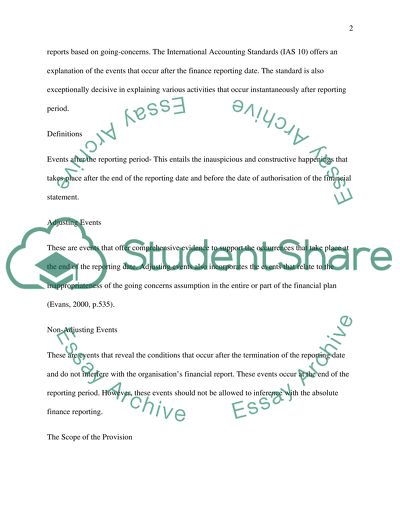Cite this document
(“Financial Reporting Assignment Example | Topics and Well Written Essays - 2250 words”, n.d.)
Financial Reporting Assignment Example | Topics and Well Written Essays - 2250 words. Retrieved from https://studentshare.org/finance-accounting/1456127-finance-reporting
Financial Reporting Assignment Example | Topics and Well Written Essays - 2250 words. Retrieved from https://studentshare.org/finance-accounting/1456127-finance-reporting
(Financial Reporting Assignment Example | Topics and Well Written Essays - 2250 Words)
Financial Reporting Assignment Example | Topics and Well Written Essays - 2250 Words. https://studentshare.org/finance-accounting/1456127-finance-reporting.
Financial Reporting Assignment Example | Topics and Well Written Essays - 2250 Words. https://studentshare.org/finance-accounting/1456127-finance-reporting.
“Financial Reporting Assignment Example | Topics and Well Written Essays - 2250 Words”, n.d. https://studentshare.org/finance-accounting/1456127-finance-reporting.


